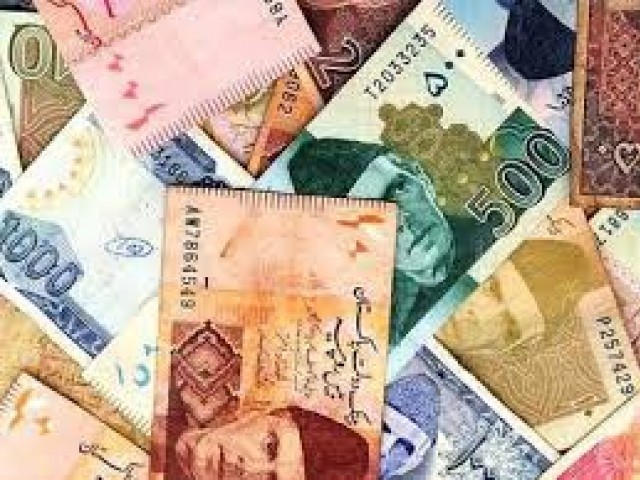
Faced with persistently low inflation, the State Bank of Pakistan on Saturday decided to reduce the benchmark interest rate for the economy by 0.5% to 6% for the next two months.
The central bank adjusts its discount rate every two months mainly to address price stability and economic growth targets. The SBP decision to cut the policy rate by 50 basis points is partly based on its expectation that average inflation, measured by Consumer Price Index (CPI), will remain between 4.5% and 5.5% in the fiscal year ending June 30, 2016.
The 12-month moving average CPI inflation came down to 3.6% last month from 8.4% in August 2014. The SBP said the reduction of subsidies on electricity, along with the negative effect of the current low food prices on crop production, poses an upside risk to the central bank’s inflation estimate. However, global oil prices have ‘yet to find the bottom,’ which poses a downside risk to its inflation forecast, it added.
After listing both upside and downside risks to its inflation forecast, the SBP noted that the probability of downside risks ‘appear to be greater’ than the upside risks in view of the current economic trends.
Analysts welcomed the central bank’s moves, saying it would be good for the economy. AKD Securities CEO Farid Alam told The Express Tribune the SBP decision to decrease the policy rate by 50 basis points bodes well for the industrial sector.
“As opposed to the reduction in oil prices, the benefit of a cut in the benchmark interest rate quickly reaches its intended beneficiary. A low interest rate has a direct impact on industrial growth, as it reduces the cost of production,” said Alam, the CEO of one of the largest capital markets firms in the country.
Unlike the past when the SBP would observe ‘abundant caution’ while making monetary policy decisions, Alam said the current board of directors of the central bank has rightly adopted a more practical approach and slashed the policy rate to a record level.
The policy rate stood at its lowest point in the last 42 years when the SBP brought it down to 6.5% in May. The SBP spokesman did not have the interest rate history readily available when he was asked on Saturday if the current policy rate is the lowest in Pakistan’s history.
The SBP believes current account deficit ‘seems manageable’ in the current fiscal year. Although exports decreased in July, declining oil import payments and increasing workers’ remittances helped maintain an overall favourable trend in the external sector, it said.
It added that the upward trajectory in the foreign exchange reserves witnessed in the last two fiscal years will likely maintain pace going forward partly because of planned Eurobonds inflows, official disbursements and the remaining IMF funding under the EFF programme.
The SBP called the retirement of working capital in July by a majority of private-sector businesses a part of the ‘normal credit cycle’. The private sector retired Rs73.5 billion in the first two months of fiscal 2016 as opposed to the retirement of Rs55.8 billion in the same months a year ago.
Similarly, outstanding loans to private businesses decreased 1.6% month-on-month to Rs2.9 trillion in July. Yet the SBP showed optimism that the off-take of fixed investment loans by energy generation and distribution, chemicals and services sectors signal a ‘possible pick-up’ in coming months. “In the coming days, credit off-take is expected to strengthen further,” the SBP said.
The implementation of infrastructure development and energy projects under the China-Pakistan Economic Corridor will further enhance the improving investment environment, the central bank said. “Therefore, there is anticipation of higher economic activity in fiscal 2016, which is expected to boost credit uptake,” it added.
Published in The Express Tribune, September 13th, 2015.











1732012115-0/Untitled-design-(14)1732012115-0-270x192.webp)
1736844405-0/Express-Tribune-(2)1736844405-0-270x192.webp)










COMMENTS
Comments are moderated and generally will be posted if they are on-topic and not abusive.
For more information, please see our Comments FAQ